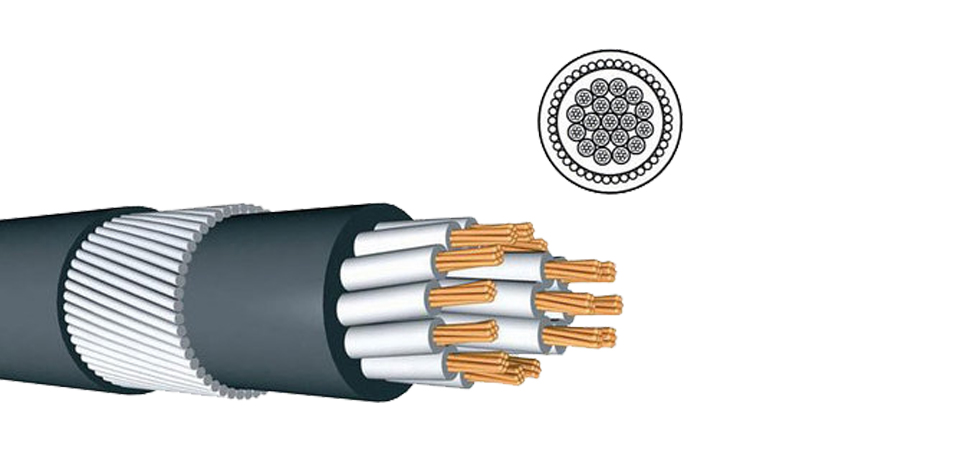Mixing low voltage (LV) and extra-low voltage (ELV) control voltages in a multicore cable is a common mistake committed by inexperienced design engineers. Combining these control voltages may look good on paper and a commendable strategy to reduce the initial cost, but in the actual world, this is a big blunder that may cause interference to the control system or even worse may lead to damage to electronic control cards. The above are the primary reasons why an interposing relay panel (IRP) is being used to separate these control voltages and to provide isolation of the electrical LV controls voltages from the process control system ELV control voltages.
LV control voltages (typically 240Vac) are usually used to activate LV contactors and relays while ELV control voltages (typically 24Vdc) are used as inputs to or outputs from electronic cards from a PLC or DCS. A mix of these control voltages in a multicore control cable will cause induced AC voltages into the DC control circuits up to around 30% of the AC control voltage. This magnitude of voltage is more than enough to fry the input cards of the PLC or DCS.
Separate control cables may be an alternative, but this will again provide the presence of 240Vac in the control cabinets. This is still not acceptable. The only solution to this issue is to use interposing relay panels for segregation and isolation of ELV and LV control voltages not to mention the safety of maintenance personnel.
